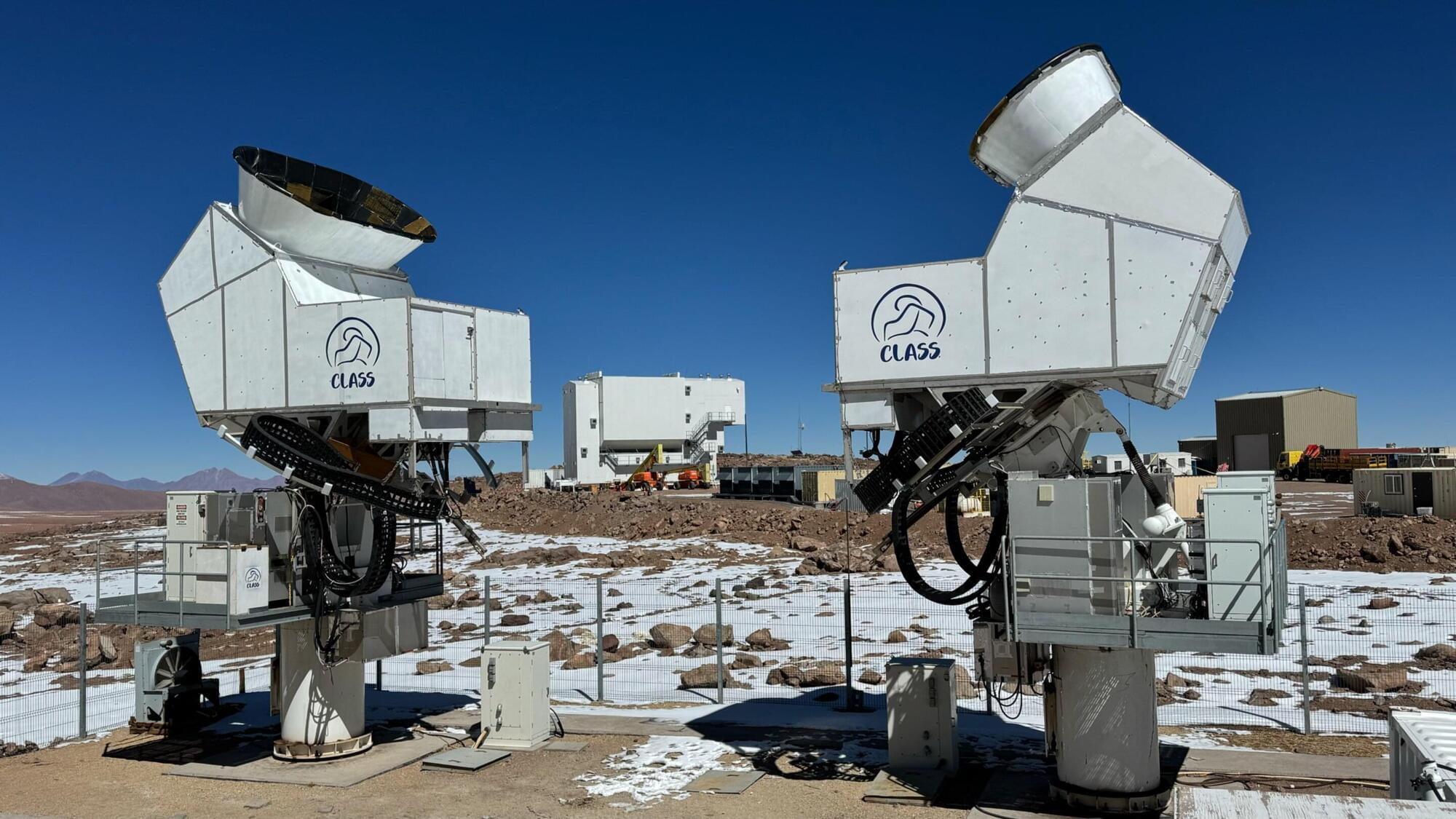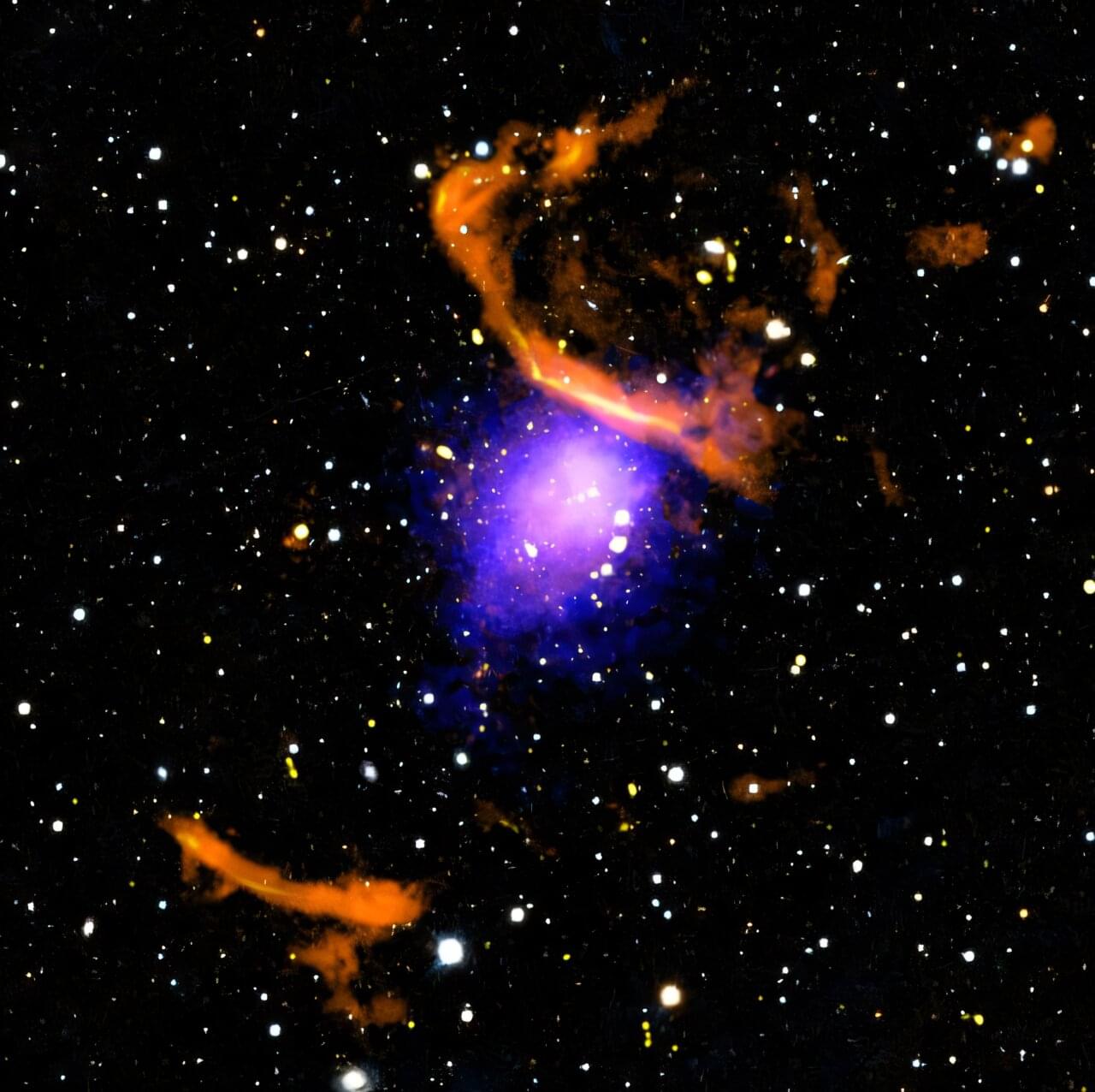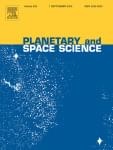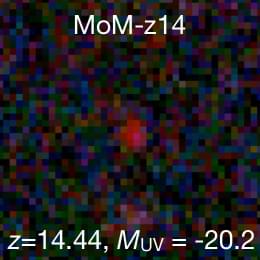Partial differential equations (PDEs) are a class of mathematical problems that represent the interplay of multiple variables, and therefore have predictive power when it comes to complex physical systems. Solving these equations is a perpetual challenge, however, and current computational techniques for doing so are time-consuming and expensive.
Now, research from the University of Utah’s John and Marcia Price College of Engineering is showing a way to speed up this process: encoding those equations in light and feeding them into their newly designed “optical neural engine,” or ONE.
The researchers’ ONE combines diffractive optical neural networks and optical matrix multipliers. Rather than representing PDEs digitally, the researchers represented them optically, with variables represented by the various properties of a light wave, such as its intensity and phase. As a wave passes through the ONE’s series of optical components, those properties gradually shift and change, until they ultimately represent the solution to the given PDE.







